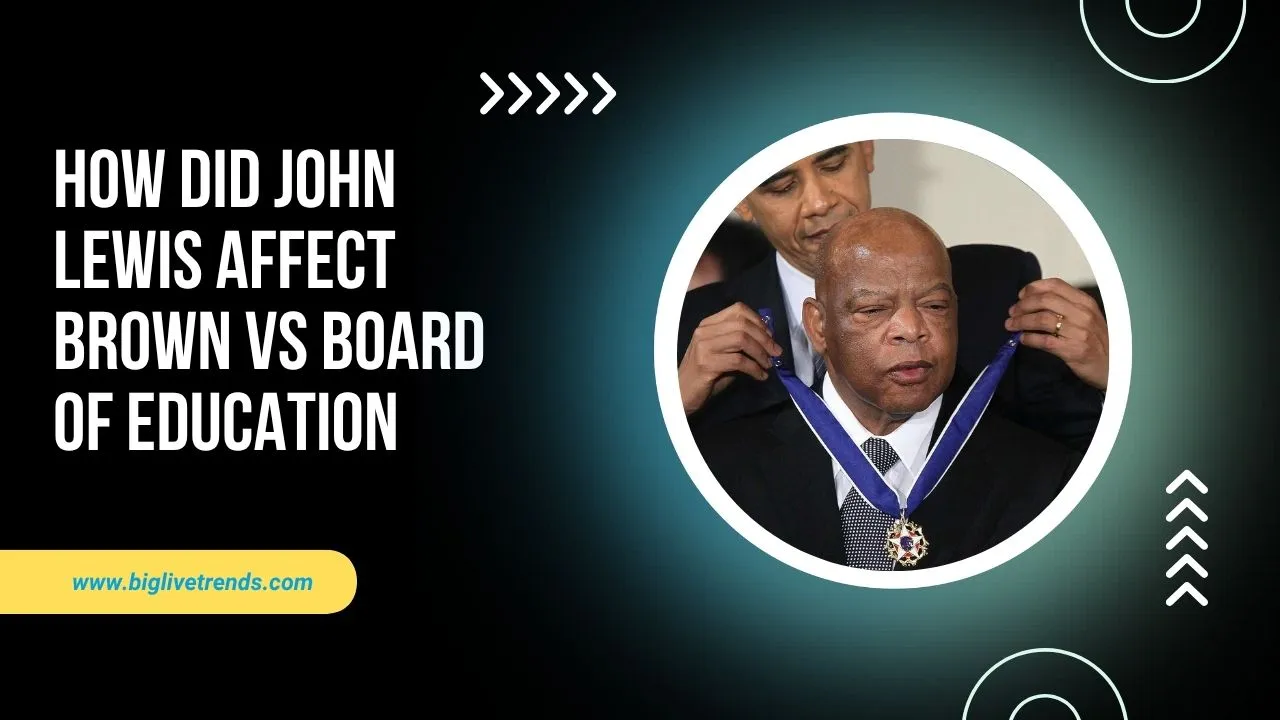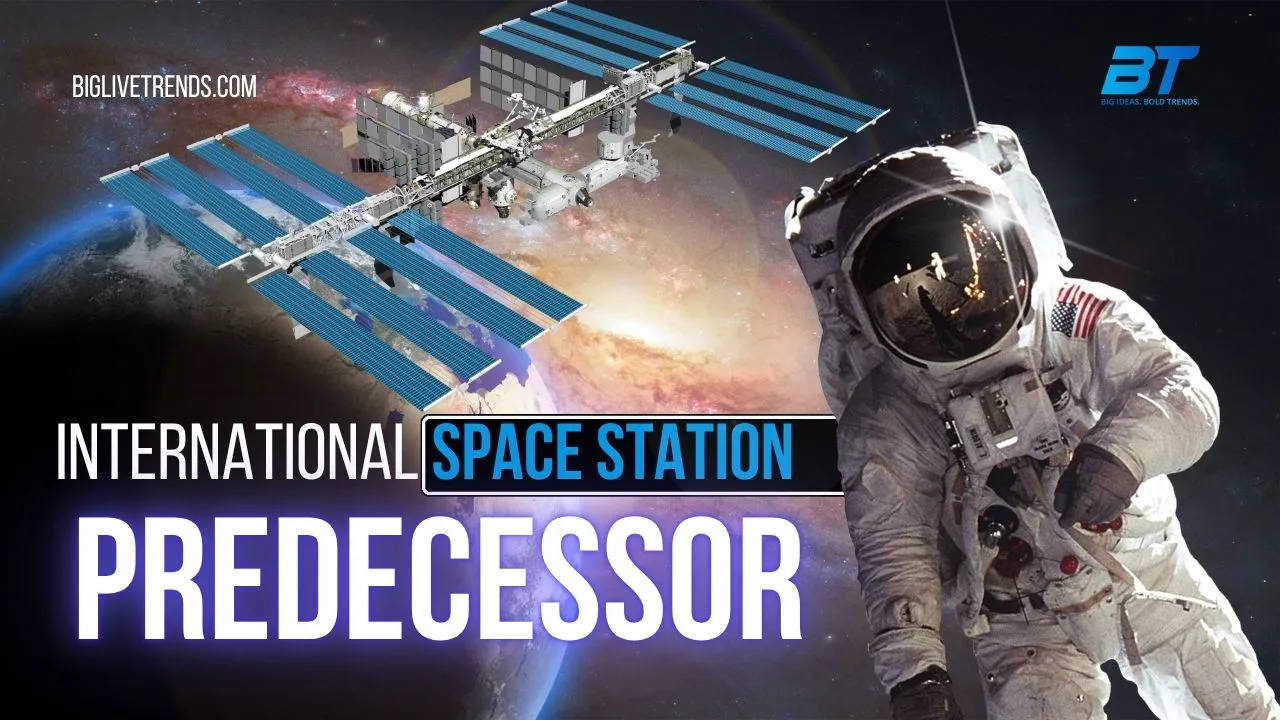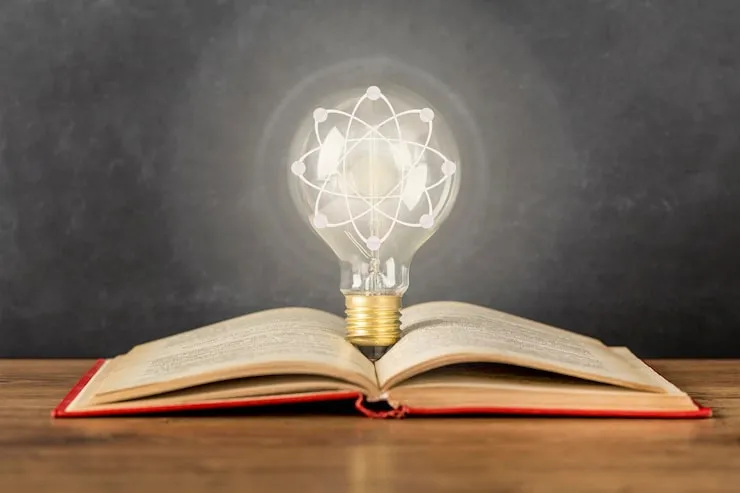
Let's be honest, the world history timeline is huge. It can feel like a giant, messy story with too many names and dates. But it doesn't have to be that way. Think of it like a movie trailer for the whole of human history. We're going to skip the boring parts and focus on the big moments that changed everything. This quick trip through our world history timeline will give you the history general knowledge you need to sound smart and understand how we got here.
What is a World History Timeline?
A timeline is just a way to put events in order. Imagine lining up your birthday, your first day of school, and a big family holiday on a long line. A world history timeline does the same thing, but for the whole world! It helps us see what was happening in different places at the same time. By looking at these major historical events, we can see the story of us – people.
The Very Beginning: Ancient Times (3500 BCE - 500 CE)
This is where our story starts. People learned to stop moving around and build the first cities.
The First Big Civilizations Appear
Around 3500 BCE, something amazing happened in a place called Mesopotamia (modern-day Iraq). People figured out how to farm really well near rivers. This meant they didn't have to hunt and gather all day. They could stay in one place. This led to the first cities, the first governments, and the first writing systems. At almost the same time, big civilizations popped up in:
-
Egypt along the Nile River, famous for its pyramids and pharaohs.
-
The Indus Valley in India, with well-planned cities.
-
Ancient China along the Yellow River, which started a culture that continues today.
The Romans Rule the World
The Roman Empire was like a giant ancient superpower. At its peak, it controlled most of Europe, North Africa, and the Middle East. They built incredible roads, aqueducts to carry water, and created laws that many countries still use today. Their empire helped spread ideas, culture, and technology across a huge part of the world.
The Middle Ages (500 CE - 1400 CE)
After the Roman Empire fell, Europe broke into many smaller kingdoms. This period is often called the Medieval period.
The Rise of Islam
In the 600s CE, a new religion called Islam began in Arabia. It spread very quickly. This led to a "Golden Age" in places like Baghdad, where scientists and thinkers made huge advances in math, medicine, and astronomy while much of Europe was not focusing on science.
Knights and Castles
In Europe, society was organized around a system called feudalism. Kings gave land to lords, who had knights, who protected the farmers (called serfs). This is the time of famous knights in shining armor and giant stone castles. It was also a time when the Catholic Church was a very powerful force in people's lives.
A Time of Big Changes: The Early Modern Period (1400 CE - 1750 CE)
People started looking at the world in new ways. They began exploring, creating, and questioning old ideas.
A Whole New World is Found
In 1492, an explorer named Christopher Columbus, sailing for Spain, bumped into the Americas. He was actually looking for a new route to Asia. His voyage connected two parts of the world that didn't know the other existed. This "Columbian Exchange" changed everything—foods, animals, and even people moved between the continents.
The Revolution of Thinking and Machines
Two big revolutions changed how people lived and thought:
-
The Scientific Revolution: People like Galileo and Newton used experiments and math to understand the universe. They proved the Earth went around the Sun, which was a huge deal at the time!
-
The Industrial Revolution: Starting in Britain, people invented machines that could do work much faster. Factories were built, and people moved from the countryside to cities to work. This is when trains and steam engines became a big thing.
The Modern World (1750 CE - Present)
This is the period that looks most like the world we live in today.
The World at War
The 20th century saw two gigantic wars that involved almost the entire planet.
-
World War I (1914-1918): A brutal war fought from trenches. It was called "the war to end all wars," but it wasn't.
-
World War II (1939-1945): An even bigger and more destructive war. It led to the Holocaust and ended with the United States dropping atomic bombs on Japan, showing a terrifying new kind of power.
The Digital Age
This is our chapter in the world history timeline. Starting in the late 20th century, the invention of the personal computer and the internet changed how we talk, learn, work, and have fun. It has connected the globe in a way that was impossible to imagine just a hundred years ago.
Putting It All Together: A Simple Timeline Chart
| Time Period | What Happened | Why It Matters |
|---|---|---|
| Ancient Times (3500 BCE - 500 CE) | First cities, writing, big empires (Rome, Egypt). | Laid the foundation for modern society, laws, and culture. |
| Middle Ages (500 CE - 1400 CE) | Feudalism, castles, the rise of Islam. | Shaped modern countries and major world religions. |
| Early Modern Period (1400 CE - 1750 CE) | Exploration of the Americas, Scientific Revolution. | Connected the globe and started modern science. |
| Modern World (1750 CE - Today) | Industrial Revolution, World Wars, the Internet. | Created the technology, nations, and connected world we know today. |
Frequently Asked Questions
What is the most important event in world history?
There's no single answer, but the invention of farming around 10,000 BCE is a top choice. It allowed humans to stop wandering and build towns, which led to everything else—governments, writing, and technology. Without farming, we'd still be hunters and gatherers.
How do historians know what happened so long ago?
They are like detectives! They use clues from old stuff (artifacts) like tools, pottery, and coins. They also read old writings from the time and look at ruins of old buildings. By putting all these clues together, they can build a picture of the past.
Why do we need to learn about history?
History is the story of us. It helps us understand why our world is the way it is—why countries have certain borders, why we have the technology we do, and why people sometimes fight. Learning from past mistakes can help us make better choices for the future.
What came before ancient civilizations?
Before ancient civilizations, humans were "hunter-gatherers." This means they moved from place to place to find food by hunting animals and gathering berries and plants. They lived in small groups and didn't have permanent homes.
What is the oldest civilization?
Most historians point to Mesopotamia (in the Middle East) and Ancient Egypt as the very first civilizations. They both developed cities and systems of writing around the same time, over 5,000 years ago.





